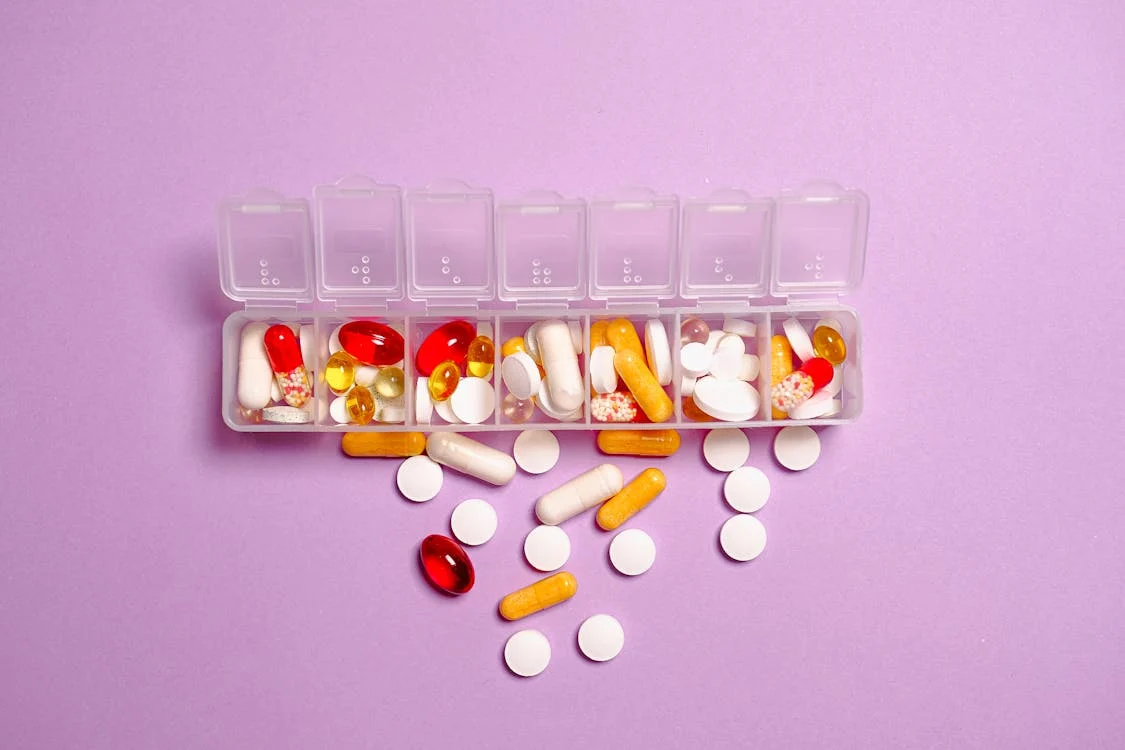Embarking on the journey of building muscle while minimizing fat gain can be both exciting and challenging. Many aspire to achieve a lean, muscular physique without the unwanted baggage of excess fat. The key is to strike a delicate balance between consuming enough nutrients to support muscle growth and avoiding excessive caloric intake that leads to fat accumulation. In this guide, we will explore how to gain muscle without gaining fat, offering you a comprehensive approach that encompasses dietary strategy, exercise, recovery, and supplementation.
Understanding the Basics of Muscle Gain and Fat Loss

Understanding the mechanics behind muscle gain and fat loss is crucial for devising an effective strategy. Muscle hypertrophy, or growth, happens when muscle fibers experience microtears during resistance training. These tears are repaired by the body, leading to stronger, larger muscles.
Essential to this process are adequate protein intake, sufficient calories to support energy needs, and progressive overload—gradually increasing the intensity of workouts. Fat loss, in contrast, occurs when the body taps into stored fat reserves for energy, usually as a result of a caloric deficit.
Balancing these two processes—gaining muscle and losing fat—requires a meticulous approach. You need to consume enough calories to fuel muscle repair and growth but not so many that your body starts storing the excess as fat. This balance is central to understanding how to gain muscle without gaining fat.
Incorporating nutrient-dense foods ensures you get the essential vitamins and minerals needed for both muscle development and overall health. Additionally, regular monitoring and adjustments based on your body’s responses help fine-tune this balance, making the process more efficient.
By grasping these foundational principles, you’re better equipped to navigate your muscle-building journey while keeping fat gain at bay.
Avoiding the Pitfalls of a Large Caloric Surplus
One of the most pervasive myths in muscle building is the need for a substantial caloric surplus. Overconsumption of calories often results in excess fat storage rather than lean muscle gain. A more effective approach is to aim for a modest caloric surplus, tailored to your individual requirements and activity level—typically around 250-500 additional calories per day.
This controlled surplus provides sufficient energy for muscle repair and growth while minimizing the risk of fat accumulation. Focus on nutrient-dense foods to ensure these additional calories come from quality sources. Prioritize lean proteins, complex carbohydrates, and healthy fats to fuel your muscle-building efforts without tipping the scales towards fat gain.
This balanced approach not only supports muscle synthesis but also promotes overall health. Avoid the temptation to eat anything and everything. Instead, maintain a disciplined dietary strategy, tracking your macronutrient intake to ensure you’re meeting your body’s needs without overdoing it. Nutrient timing, especially around workouts, can further optimize muscle gain while controlling fat levels.
By adhering to these guidelines, you can more effectively manage your caloric intake, ensuring that you gain muscle without the accompanying fat. This strategic approach will keep you on track to achieve your fitness goals with precision and efficiency.
Strategic Nutrient Timing and Quality of Food
Understanding nutrient timing and the quality of your food choices can significantly impact your muscle-building journey. Ensuring a steady intake of protein throughout the day is vital. Each meal should include a source of high-quality protein, whether it’s lean meats, dairy, legumes, or plant-based alternatives.
This constant supply of amino acids aids in muscle repair and growth. Carbohydrates play a critical role, too. They provide the necessary energy for your workouts and help replenish glycogen stores post-exercise.
Opt for complex carbs like whole grains, fruits, and vegetables, which offer sustained energy release and a wealth of nutrients. These choices help maintain stable blood sugar levels and prevent unwanted fat gain. Healthy fats should not be neglected. They support hormone production, which is crucial for muscle growth. Incorporate sources such as avocados, nuts, seeds, and olive oil into your diet.
Meal timing around workouts is another crucial aspect. Consuming a balanced meal with protein and carbohydrates 1-2 hours before exercising ensures you have the energy needed for an intense workout and supports muscle repair.
Similarly, a post-workout meal with a good mix of protein and carbs can enhance recovery and muscle synthesis. By prioritizing nutrient timing and food quality, you can maximize your muscle-building efforts while keeping fat gain to a minimum.
Crafting an Effective and Balanced Workout Plan
A well-rounded workout plan is pivotal for muscle growth without fat gain. Begin by focusing on resistance training, as it is the primary driver of hypertrophy. Structure your regimen to work all major muscle groups at least twice a week.
Incorporate compound movements like squats, deadlifts, and bench presses, which engage multiple muscle groups and promote substantial muscle growth. Progressive overload is key—continually challenge your muscles by increasing the weight or resistance in your workouts.
This gradual increase ensures that your muscles adapt and grow stronger over time. Complement your resistance training with a moderate amount of cardiovascular exercise to enhance overall fitness and help manage body fat. However, excessive cardio can hinder muscle gains, so aim for 2-3 sessions of moderate-intensity cardio per week.
Variety in your workouts can prevent plateaus and keep you engaged. Alternate between different exercises and training modalities, such as high-intensity interval training (HIIT) or circuit training, to stimulate your muscles in new ways.
Pay attention to form and technique to prevent injuries and maximize the effectiveness of your workouts. By strategically planning your exercise routine, you can stimulate muscle growth efficiently while keeping fat gain in check, paving the way for a leaner, stronger physique.
The Role of Recovery and Sleep in Muscle Growth
Recovery is a critical, yet often underemphasized, component of muscle growth. When you exercise, you create microtears in your muscle fibers, which the body repairs during periods of rest. This repair process is where real muscle growth occurs.
Therefore, incorporating rest days into your weekly routine is essential. Aim for at least one or two rest days each week to facilitate this recovery process. Sleep is equally vital, acting as a natural reset button for the body. During deep sleep stages, the body releases growth hormone, which plays a significant role in muscle repair and growth. Insufficient sleep disrupts this hormonal balance, potentially hindering your muscle-building progress.
Strive for 7-9 hours of quality sleep per night, and maintain a consistent sleep schedule to optimize your recovery. Additionally, consider practices like foam rolling, stretching, and even occasional massages to enhance muscle recovery.
These techniques can help reduce muscle soreness and improve flexibility, enabling you to perform better in subsequent workouts. By giving your body the time and conditions it needs to recover, you set the stage for effective muscle growth and improved overall performance.
Monitoring Progress and Making Necessary Adjustments
Keeping track of your progress is essential to fine-tuning your muscle-building strategy. Regularly assess your body measurements, take progress photos, and record your strength levels to get a comprehensive view of your development.
This data helps you understand how well your current approach is working and what adjustments might be needed. If you start noticing unwanted fat gain, consider making slight adjustments to your caloric intake or increasing the intensity and frequency of your cardio sessions.
A modest reduction in calories can often be enough to curb fat accumulation without hindering muscle growth. On the other hand, if muscle growth stalls, evaluate your protein consumption and the intensity of your resistance training.
You might need to up your protein intake or increase the load in your workouts to continue making gains. Remember that adjustments should be incremental. Making drastic changes can make it difficult to pinpoint what’s working and what isn’t.
Patience and consistency are key—small tweaks over time can lead to significant improvements in achieving your goal of gaining muscle without gaining fat. Regularly revisiting your plan ensures you stay on the right track.



